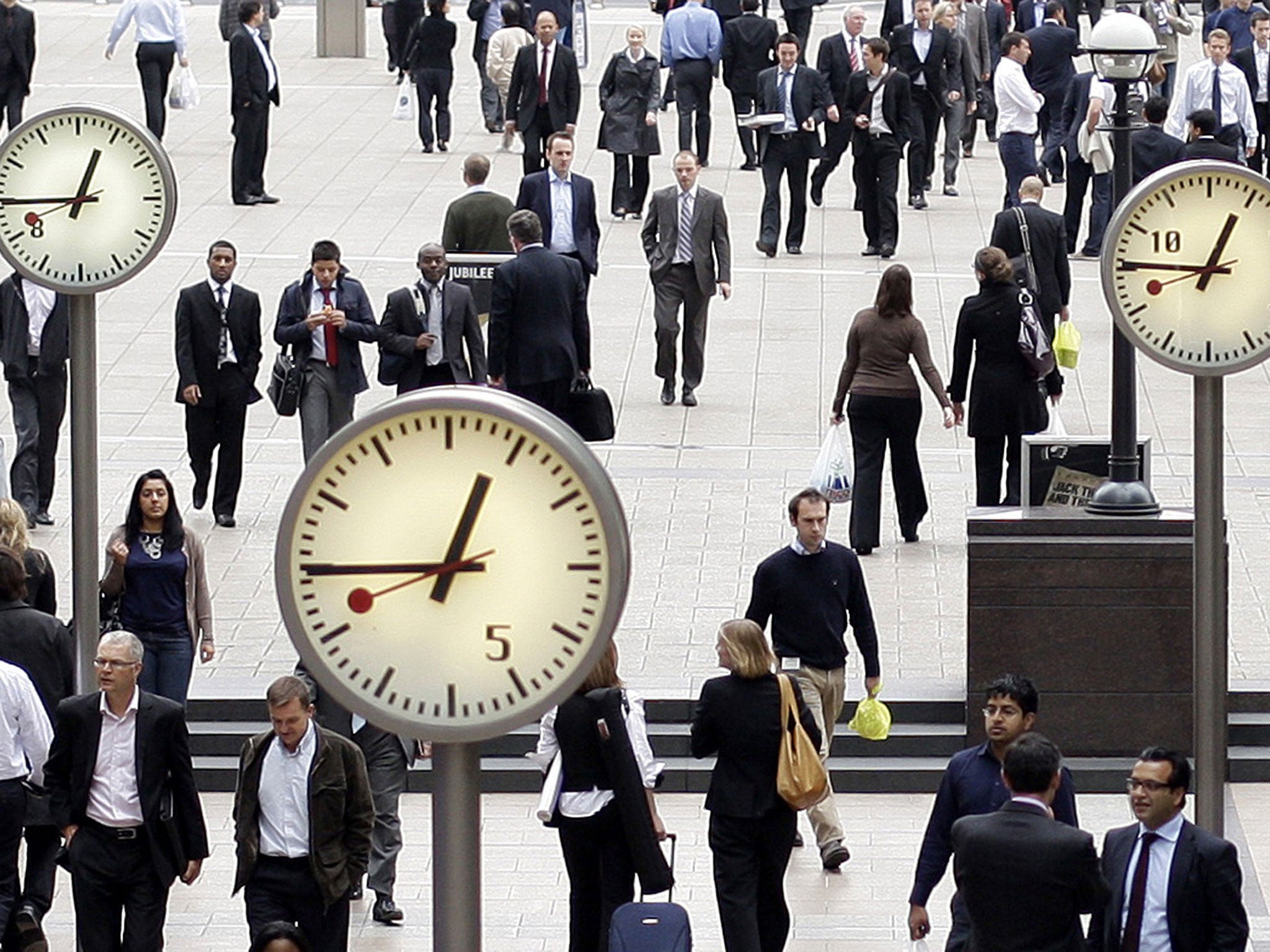London goes from being region with smallest gender pay gap to having the greatest, shows data
The lack of progress across the capital presents a sharp contrast to the changes in other regions

London has gone from being the UK’s region with the narrowest gender pay gap two decades ago, to being the area with the widest, according to new figures.
Data from the Office for National Statistics (ONS) published on Monday shows that, 20 years ago, women working full-time in London earned 15.1 per cent less per hour, on average, than their male counterparts. Since then, that gap has narrowed only slightly, to 14.6 per cent, which makes London the region with the largest pay gap between male and female full-time workers.
The lack of progress across the capital presents a sharp contrast to the changes elsewhere.
The ONS figures show that the gap in Wales and Scotland has narrowed significantly over the last two decades. Women today earn 6.3 per cent and 6.6 per cent per hour less than men in those two regions respectively, down from hefty margins of 17.5 per cent and 18.4 per cent in 1997.
In Northern Ireland, women in full-time work actually earn 3.4 per cent more per hour, on average, than their male counterparts. The ONS said that it’s the only region in the UK where the pay gap has been in favour of women. That has been the case since 2010.
Among part-time workers, women more frequently earn greater pay packets than men, partially because a higher proportion of women are in part-time work.
The pay gap among part-time workers is smallest in the South-east, where women earn just 3.1 per cent more per hour than men. The data also shows that the gap has actually reduced, from women earning 9 per cent more than men in 1997. That suggests that men’s wages have grown quicker than women’s in this area.
The difference in progress between the public and private sector is also significant.
Women working part-time in the public sector earned 6.1 per cent per hour less than their male counterparts in 1997, which is significantly smaller than the 22.3 per cent gap today.
In the private sector, the inverse is true.
In 1997, women working part-time earned 2.2 per cent less than men. In 2017, the gap has reversed, and women now earn 2.6 per cent more than men – and the gap has been in favour of women since 2010.
Under legislation introduced in April this year, any UK business with at least 250 employees has 12 months to publish data on the difference between how much they pay men and women at different levels.
However, critics have condemned the system, saying that the reporting won’t be granular enough to facilitate real change.
Subscribe to Independent Premium to bookmark this article
Want to bookmark your favourite articles and stories to read or reference later? Start your Independent Premium subscription today.

Join our commenting forum
Join thought-provoking conversations, follow other Independent readers and see their replies